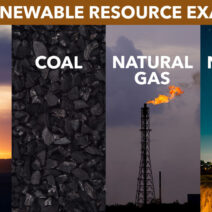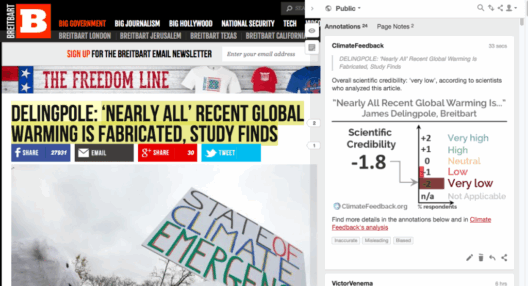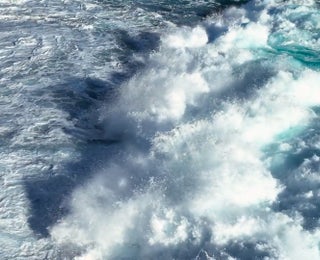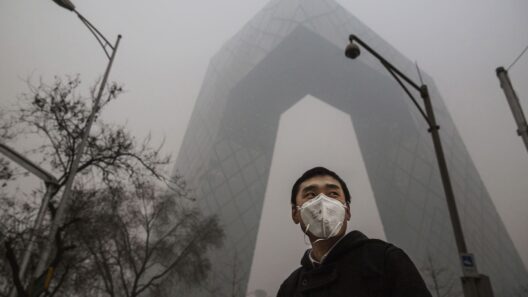The climate of the United States is an intricate tapestry woven from an array of meteorological phenomena, which vary tremendously across its expansive geography. What does this mean for the average citizen and the environment? Let’s embark on an exploration of the diverse climatic zones, peculiar weather patterns, and the consequential challenges arising from these variations.
Stretching over 3.8 million square miles, the United States encompasses a multitude of climate regions, from the frigid tundras of Alaska to the balmy beaches of Florida. It’s a land where the Arctic cold collides with tropical warmth, challenging our perceptions of what constitutes “typical” weather. But what happens when the beautiful chaos of this climate becomes a point of contention in the context of climate change?
The United States can be primarily categorized into several climate zones: the temperate zone, arid zones, tropical areas, and polar regions. Each zone showcases distinct weather patterns and seasonal shifts, creating a constantly changing backdrop that influences the lives of millions. In the northern regions, the winter months can bring snowstorms and frigid temperatures, while summer often basks in a warm embrace, leading to thunderstorms and occasionally, tornadoes. Such extreme weather events prompt a crucial question: Are we prepared for the escalating frequency and intensity of adverse weather conditions driven by climate change?
The temperate climate zone, which spans much of the eastern and western United States, is marked by four distinct seasons. This area is characterized by moderate precipitation and significant variation in temperature throughout the year. However, as weather patterns continue to morph, residents may find themselves perplexed by the increasingly erratic nature of seasonal transitions. For instance, spring may descend with unseasonal chill, raising concerns about the implications for agriculture and ecosystems. With planting and harvest seasons affected, how do we safeguard our food supplies in an era of climatic unpredictability?
Then there are the arid regions of the Southwest, where desert climates reign supreme. States like Arizona and New Mexico rarely see the pall of rain clouds, resulting in blistering heat and vast stretches of arid land. Recent trends have shown alarming increases in temperature and drought conditions, making water scarcity a pressing concern. Communities are beginning to grapple with the reality of dwindling water resources, a situation that beckons proactive measures. The challenge lies in balancing human consumption with environmental sustainability, especially as populations continue to grow.
Conversely, the coastal regions, from California’s Pacific shores to the Gulf of Mexico’s sandy beaches, experience the moderating effects of ocean currents. The climate here is generally milder, yet, these areas are not immune to the consequences of climate change. Rising sea levels threaten coastal cities, leading to potential displacement of communities and damage to local ecosystems. The question looms—how do we fortify our coastal cities against the impending onslaught of nature while maintaining their vibrant economies?
In addition to these localized challenges, the phenomenon of extreme weather events cannot be overlooked. Hurricanes in the south, blizzards in the northeast, and wildfires out west showcase the raw power of natural forces. These events have been exacerbated by climate change, leading to higher destruction rates and increasingly urgent discussions about disaster preparedness. How do we enhance resilience and recovery in the face of increasingly frequent catastrophic events?
Climate change has also brought about changes in biodiversity within the United States. The shifting climate zones are prompting plant and animal species to either adapt, migrate, or face the stark reality of extinction. This can destabilize entire ecosystems, leading to unforeseen consequences for agriculture, wildlife, and human societies. The intricate balance of nature is fragile; thus, what strategies can conservationists employ to preserve biodiversity amid this changing landscape?
Interestingly, the human response to these climatic challenges is equally crucial. The awareness and activism surrounding climate change are more fervent than ever before. Citizens, environmental groups, and policymakers are advocating for greener practices, renewable energy sources, and stricter regulations on emissions. However, society faces a conundrum: how to effectively mobilize collective action while navigating the complexities of economic interests and political agendas?
To illustrate, consider the transition to clean energy. The United States has vast potential for wind, solar, and hydropower generation. Yet, the move away from fossil fuels toward a sustainable infrastructure requires unprecedented cooperation across multiple sectors. The engagement of communities and businesses in this transition poses a vibrant challenge—one that could redefine the United States’ role in the global climate crisis.
In conclusion, the climate of the United States exemplifies an astonishing blend of meteorological diversity, characterized by both extreme weather events and shifting ecological patterns. As the landscape alters, we must rise to the occasion to confront the challenges presented by climate change. Preparedness, resilience, and sustainable practices are imperative. The question remains: As stewards of this land, are we ready to embrace our environmental responsibilities to foster a harmonious existence with nature, ensuring a viable future for generations to come?







